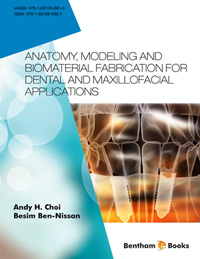Abstract
During functional movements such as chewing, forces on the prosthesis will be transferred to the implants and this will result in stresses being generated within the bone surrounding the implants. The bone-implant interface is of great significance to osseointegration as the utilization of dental implants may alter the mechanical environment of the mandible. Bone remodeling occurs in the first year of function in response to occlusal forces and establishment of the normal dimensions of the periimplant soft tissues. The type of bone remodeling taking place in the bone tissue surrounding the implant will be governed by the variations in the internal stress state. Stress shielding and bone resorption will occur when no load is being transferred to the supporting tissues, while abnormally high stress concentration can lead to implant failure. For these reasons, it is essential to consider the effect of bone remodeling on the performance of dental implants and prostheses in order to improve its efficiency. The bone remodeling process around dental implants has been simulated in a number of studies using a variety of models. Mathematical algorithms such as nano-interactions and mechanosensory mechanisms have been incorporated into numerical models to describe bone formation and osseointegration of dental implants. Furthermore, strain energy density algorithm has been adapted to illustrate bone remodeling induced by implants and fixed partial dentures.
Keywords: Adaptive bone remodeling, Bone-implant interface, Bone remodeling, Lazy zone, Stanford theory, Strain energy density SED, Stress shielding.






















